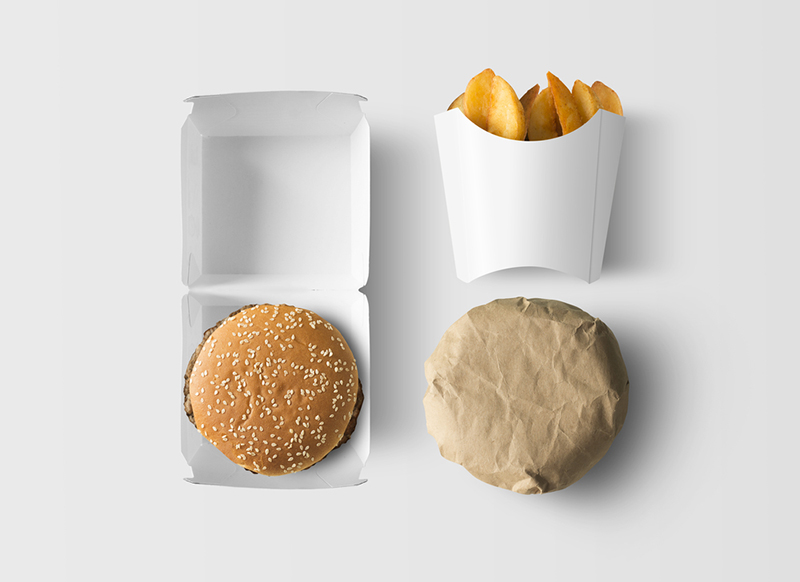You might notice some changes being made to the menu at your favourite fast food restaurant. New laws introduced in Queensland in April have made it mandatory for takeaway chains with at least 20 outlets in Queensland or 50 outlets nationally, to display the average kilojoule count of food and drinks on their menu.
Food businesses have 12 months to comply with the news laws. Meanwhile, a new Queensland Health campaign has been launched to coincide with the changes. The campaign is called Kiloujoules on the Menu and it reveals some fast food meals contain enough energy to power a family car.
Health Minister Cameron Dick said it was very important for Queenslanders to understand kilojoules and know just how many they should consume.
“One-third of all Queensland adults are eating takeaway food at least once a week,” he said.
“Research suggests that Queenslanders currently have a very low awareness and understanding of kilojoules and personal energy requirements. However, many people are hungry to learn about healthy eating and this campaign feeds that hunger for knowledge.”
So what are kilojoules?
Mr Dick describes them as the measure of how much energy you get from consuming food and drink.
“It’s the energy your body needs to function,” he said.
But the problem is, many of us are putting far too much energy into our bodies.
“There’s enough energy in some fast food meals to drive a car almost six kilometres,” Mr Dick said.
“I’ll be the first to admit I like to indulge in a burger meal occasionally, but there are some changes I can and do make so the meal is healthier, like swapping soft drink for water or dropping the fries altogether.”
How big is Queensland, really?
The statistics show that two-thirds of adults and one-quarter of children in Queensland are either overweight or obese.
The really scary thing is how quickly the problem has escalated. About 1 in 14 Queensland children were obese in 2016, compared with about 1 in 50 some 30 years ago. Meanwhile, 3 in 10 adults in Queensland are obese compared with just 1 in 10 as recently as the early ‘90s.
Queensland now boasts the unenviable title of having the second highest rate of adult obesity in Australia.
How to cut down on your kilojoule intake
Royal Brisbane and Women’s Hospital clinical dietitian Hilary Jimmieson said there were two main ways to reduce the negative impact of too many kilojoules:
- Unsurprisingly, the first suggestion is to reduce the number of kilojoules you eat and drink each day
- And secondly, you could do more daily exercise to burn it off.
Ms Jimmieson said physical exercise doesn’t have to mean buying an expensive gym membership; playing sport, walking to the bus stop or even doing housework can burn energy.
“If you consume more kilojoules than your body burns in a day, the unused kilojoules are stored as fat. This can then contribute to weight gain,” Ms Jimmieson said.
“In the long-term, this may even lead to chronic diseases such as heart disease, diabetes, stroke and some cancers.
“Small changes are simple and achievable; look for lower kilojoule options, try a smaller portion size, or re-think those sides.”
How many kilojoules do we actually need?
Well, for the average Australian it’s 8,700kJs a day, but we’re all different.
Ms Jimmieson said the number of kilojoules an individual needs will vary depending on their age, gender, weight and level of physical activity.
The Healthier. Happier. online calculator is an easy-to-use tool that can help you find out what your healthy daily kilojoule intake is.





